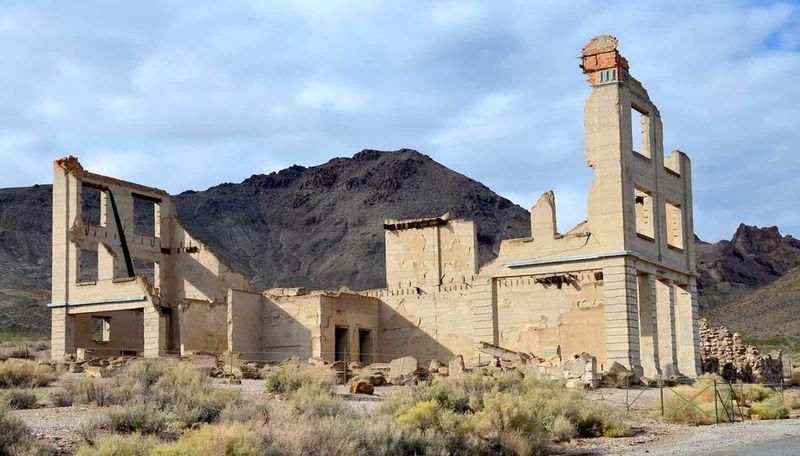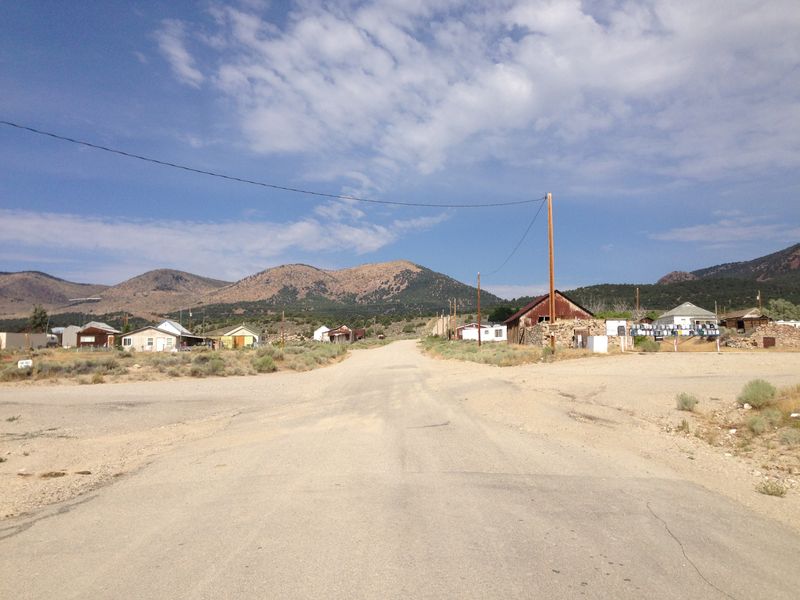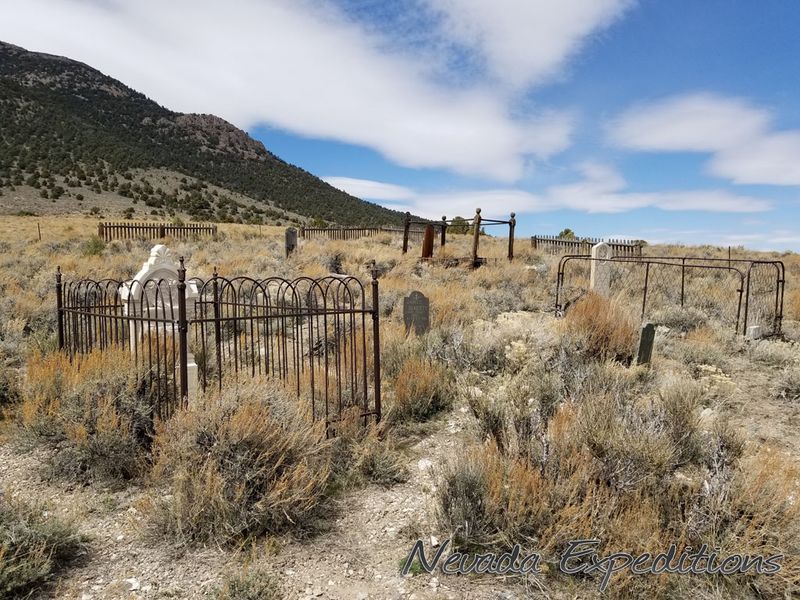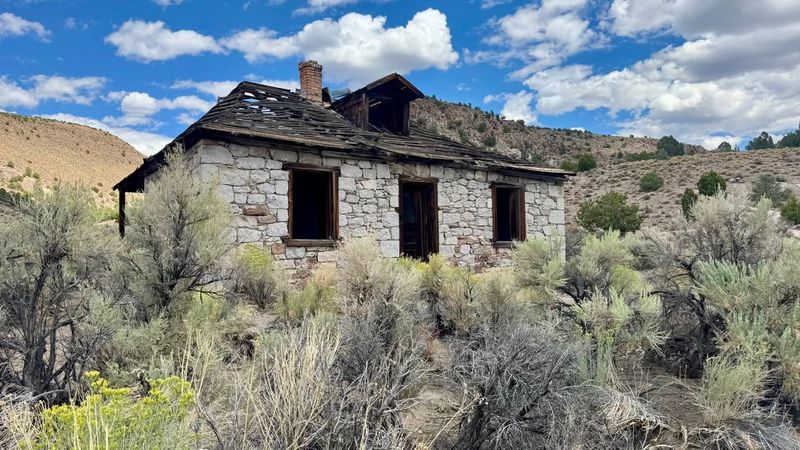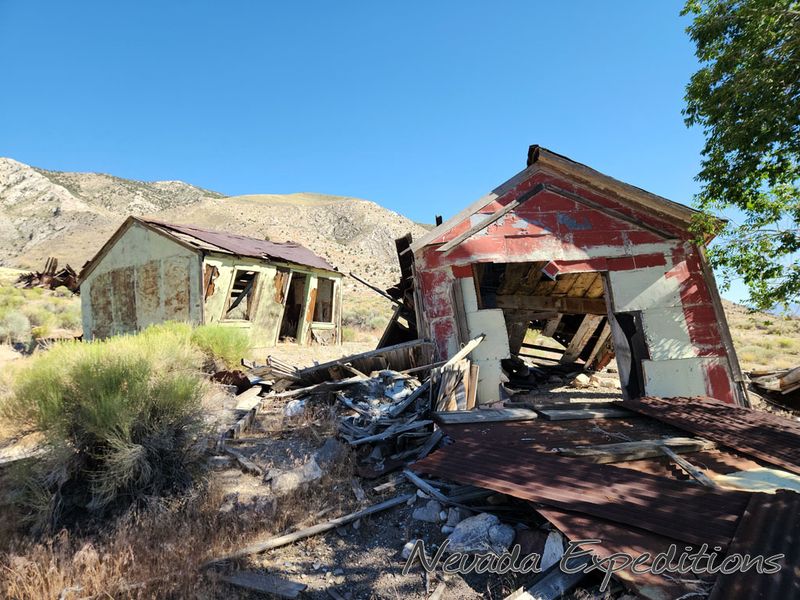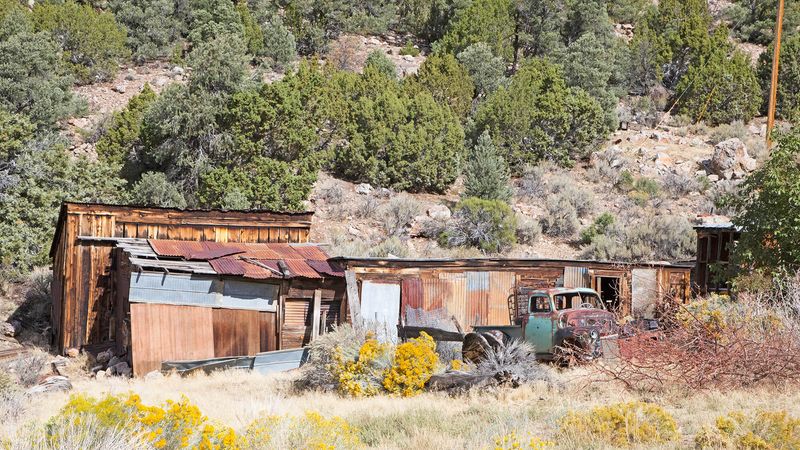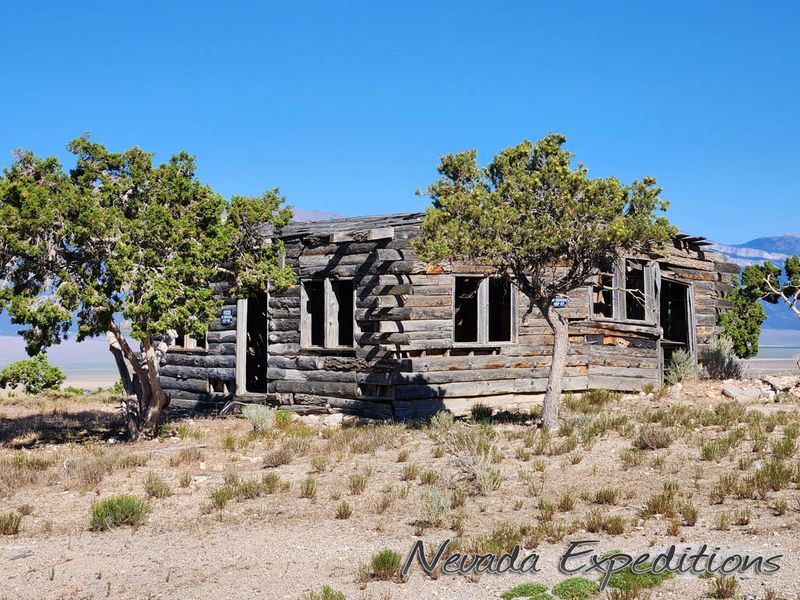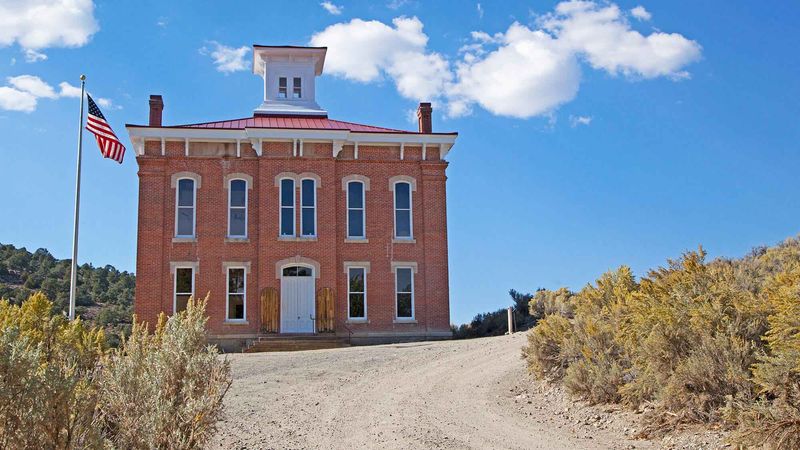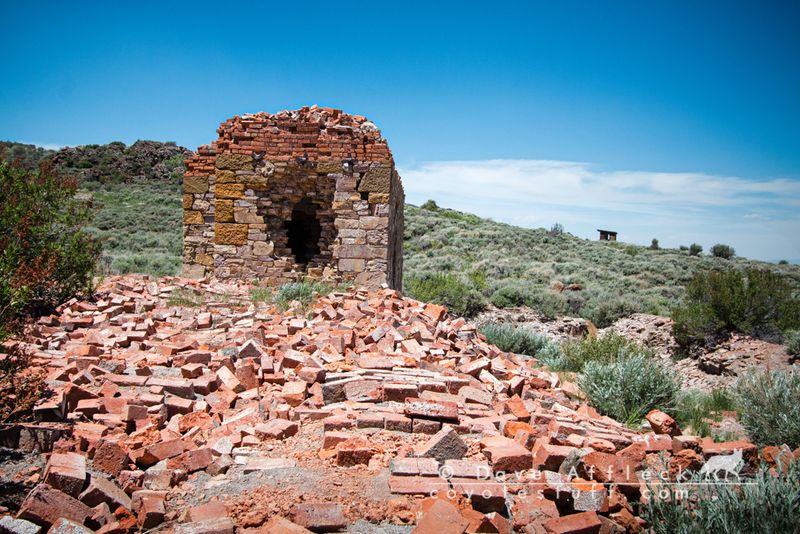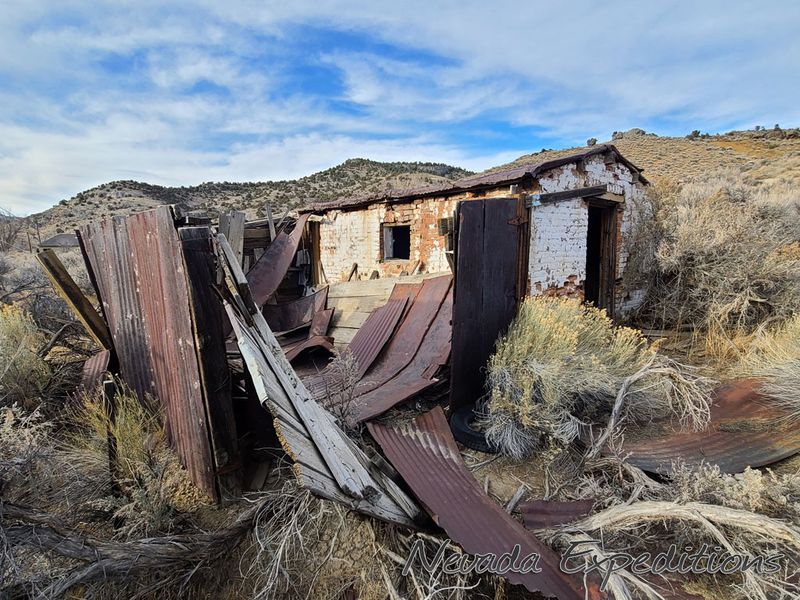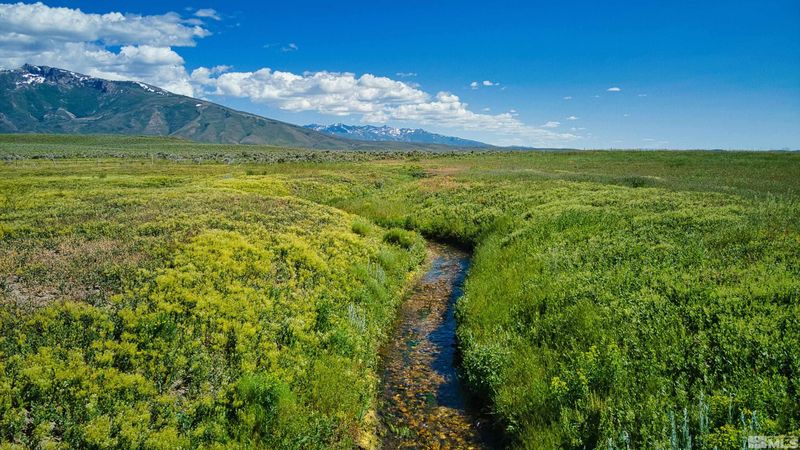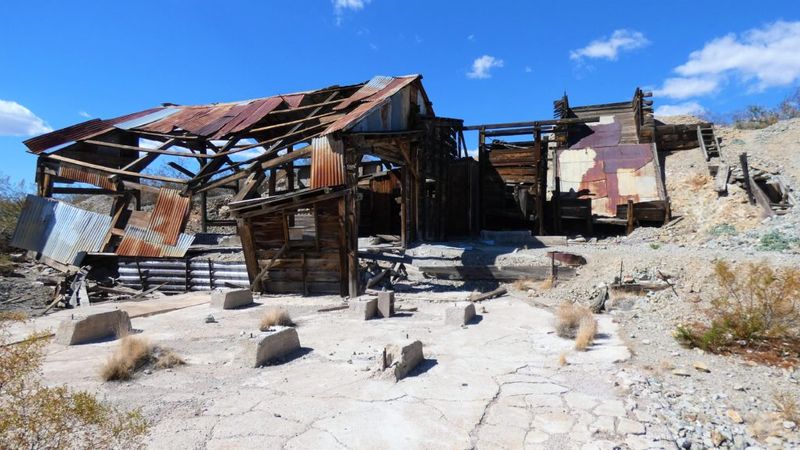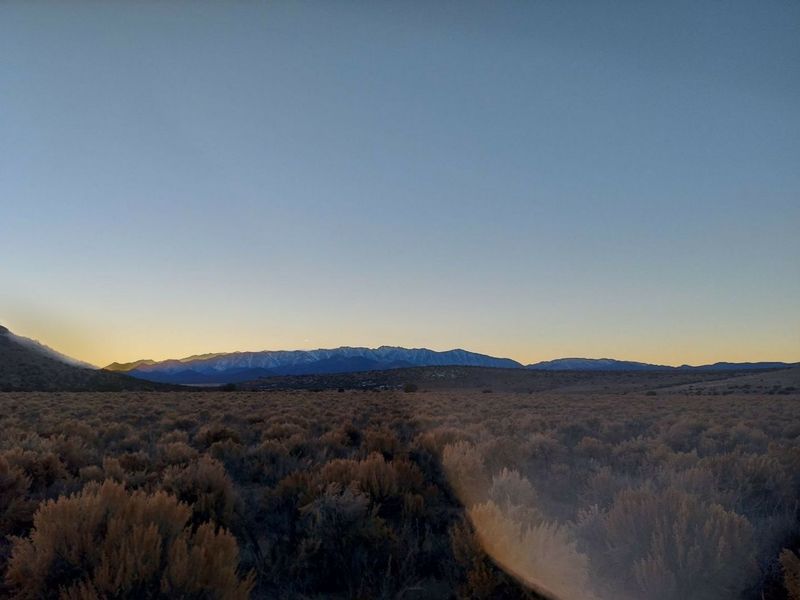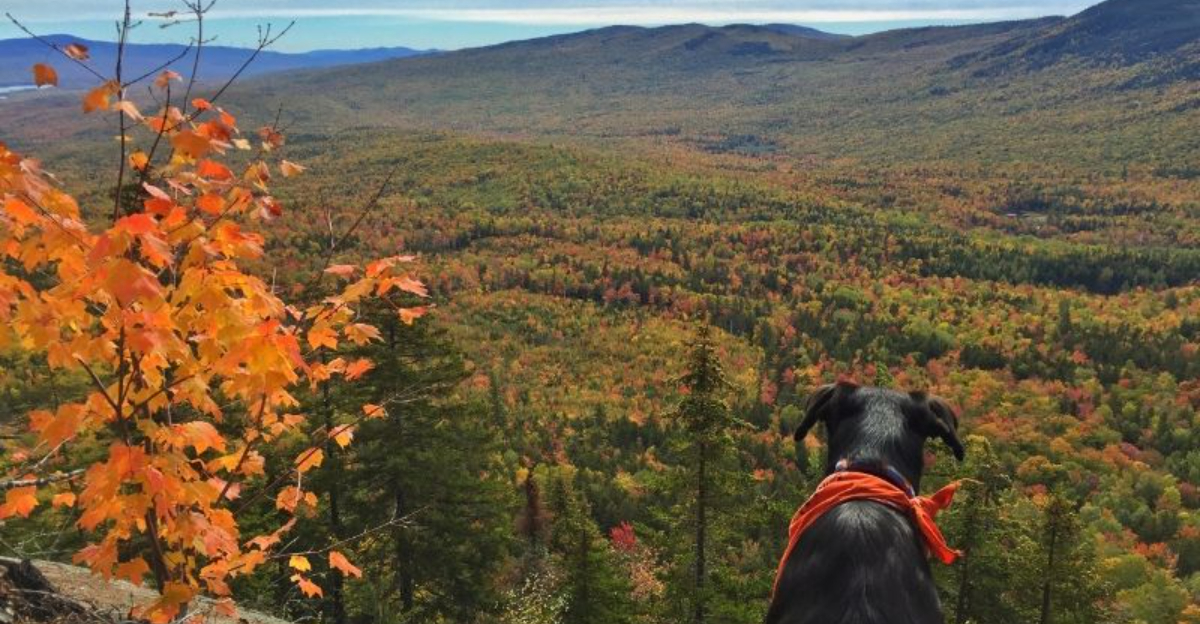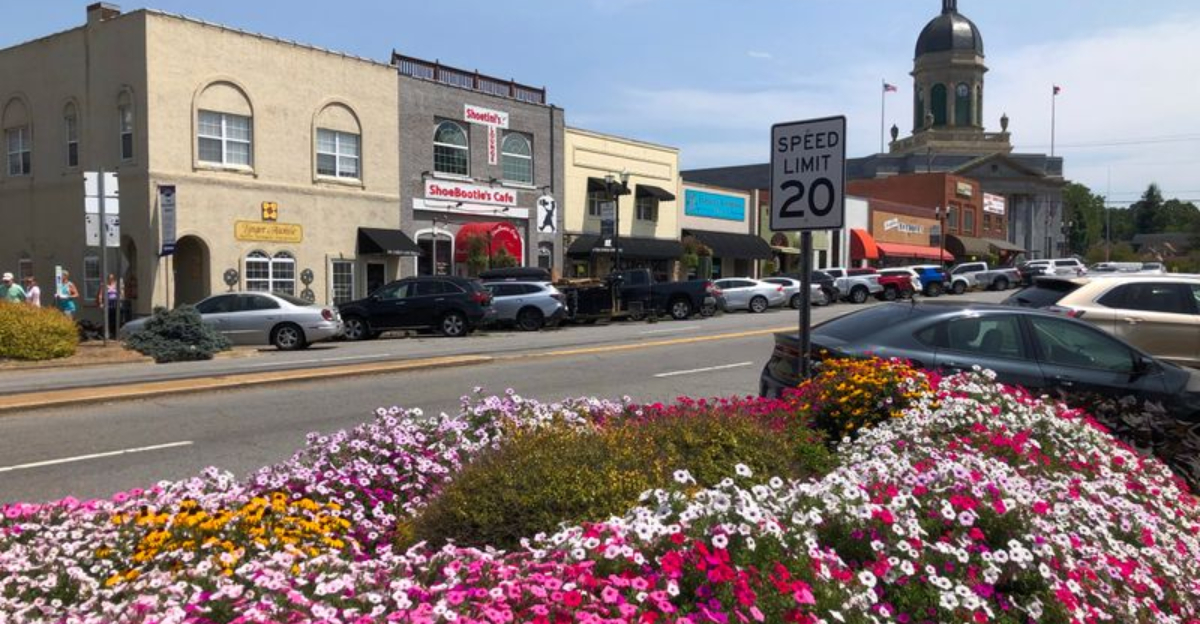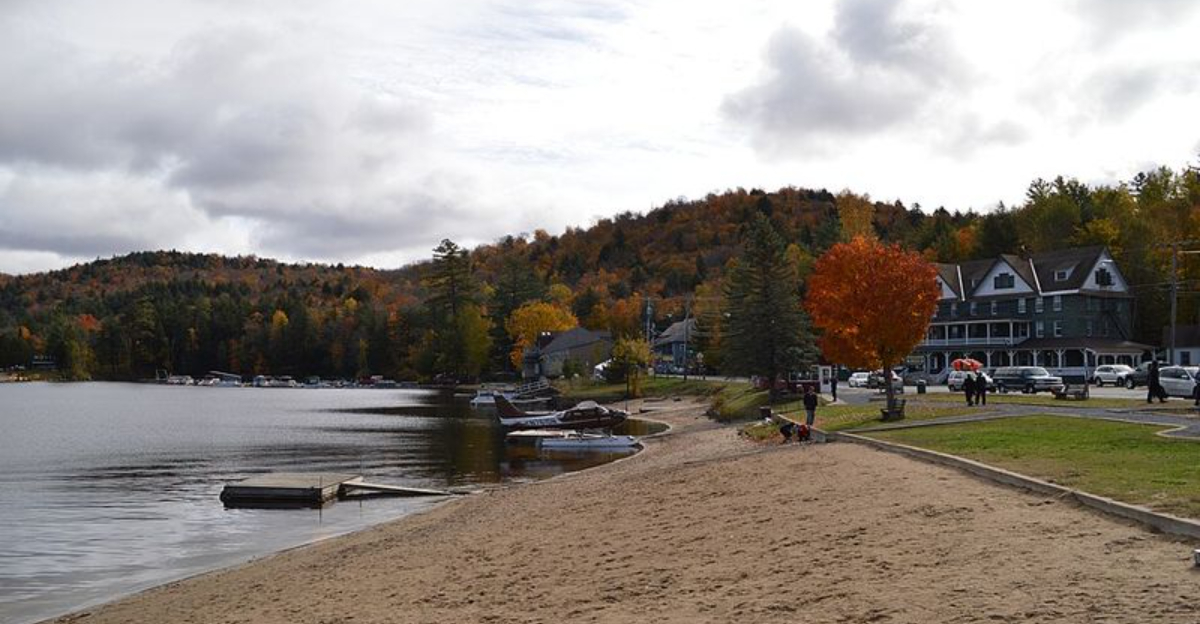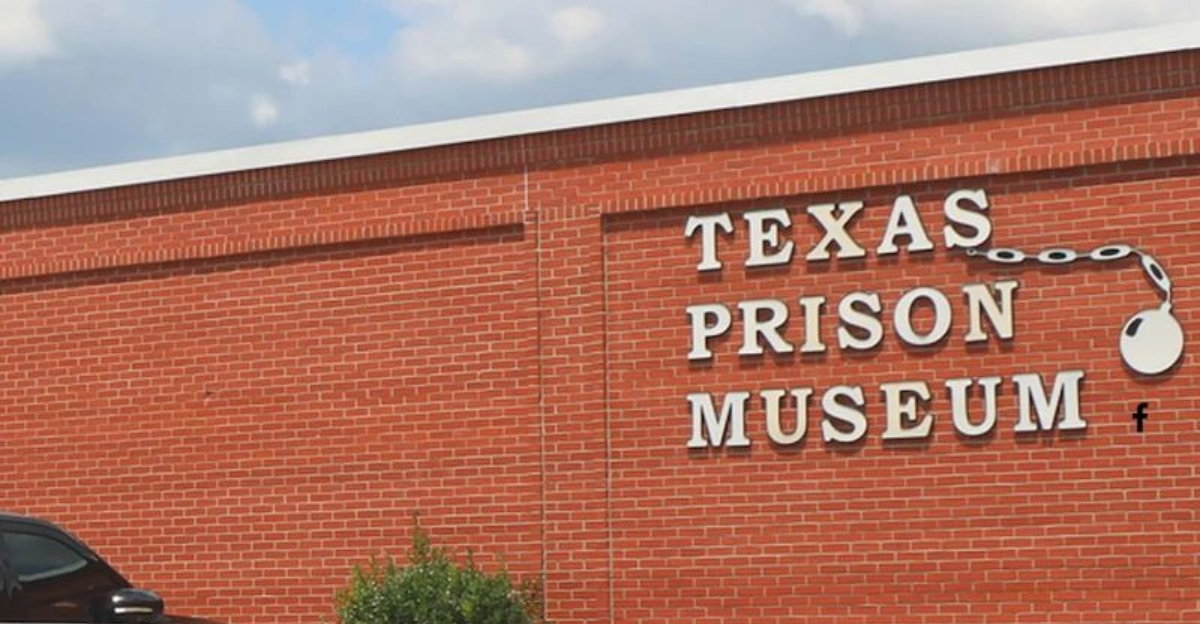Nevada’s 13 Hidden High Desert Communities Near The Schell Creek Mountains
Tucked away in the shadow of the Schell Creek Mountains, Nevada hides some of the most fascinating high desert communities you’ve probably never heard of.
These remote settlements tell stories of mining booms, pioneer grit, and the kind of solitude that modern life rarely offers.
1. Schellbourne
Way back in the 1860s, this spot served as a vital Pony Express station where riders changed horses and grabbed quick meals.
Imagine the thunder of hooves echoing through these dusty valleys as messages raced across the country!
Today, crumbling stone walls and weathered wood beams whisper tales of a bygone era.
Visitors often explore the remnants while marveling at the stunning mountain backdrop that frames this historic site beautifully.
2. Cherry Creek
If you’re hunting for authentic Old West vibes, this little mining hamlet delivers in spades.
Silver strikes in the 1870s brought fortune seekers flooding into these mountains, creating a bustling community almost overnight.
Although the boom days faded, a handful of hardy souls still call this place home. The rugged landscape and abandoned mine shafts make it a photographer’s paradise and a historian’s dream destination.
3. Aurum
Latin for gold, this community’s name hints at the precious metal fever that once gripped these hills.
Prospectors arrived with pickaxes and dreams, hoping to strike it rich beneath the unforgiving desert sun.
Now nature reclaims what miners left behind, with sagebrush growing through collapsed cabins.
Only scattered foundations and rusty equipment remain as silent witnesses to ambitions that burned bright then fizzled out completely.
4. Tippett
Small mining camps like this one dotted Nevada’s high desert during the late 1800s, each hoping to become the next Comstock Lode.
Most didn’t make it, and this settlement joined the ranks of forgotten places rather quickly.
What remains tells a story of hardship and hope intertwined. Broken pottery shards, rusted tin cans, and partial walls provide tangible connections to families who once carved out lives here.
5. Steptoe City
Named after a nearby valley, this community briefly flourished when silver discoveries sparked excitement throughout eastern Nevada.
Merchants, miners, and families poured in, building homes and businesses with optimistic enthusiasm that proved short-lived.
When ore quality declined, residents scattered like dandelion seeds on the wind. Now only foundations outline where streets once buzzed with activity, offering ghostly blueprints of vanished dreams.
6. Osceola
Hydraulic mining operations once carved dramatic scars into these mountainsides as powerful water jets blasted away earth to reveal hidden gold.
The technique proved devastatingly effective but left permanent marks on the landscape that remain visible today.
Walking through the area feels like stepping onto another planet, with bizarre rock formations and washed-out gullies everywhere.
7. Major’s Place
Roadhouses provided essential services to travelers crossing Nevada’s vast empty spaces, and this establishment earned its reputation for hospitality.
Weary stagecoach passengers could find hot meals, fresh horses, and comfortable beds here before continuing their journeys.
Though the building has long since collapsed, the location still marks an important waypoint along historic routes. Standing here, you can almost hear echoes of creaking wagon wheels and tired horses.
8. Belmont
Unlike many communities that vanished completely, this former county seat retains impressive structures including a beautiful brick courthouse.
Silver mining brought prosperity, and residents built substantial buildings expecting their town would endure forever.
Wandering the dusty streets today feels surreal, with well-preserved facades hiding empty interiors. The courthouse stands particularly proud, a monument to civic ambition that outlasted the boom that created it.
9. Hamilton
At its peak, roughly 25,000 people called this hillside home, making it one of Nevada’s largest settlements during the silver rush.
Saloons, theaters, and newspapers thrived as wealth poured from nearby mines into eager pockets.
Fire eventually consumed much of the town, and declining ore quality finished what flames started.
10. Lane City
Optimistic developers platted this townsite with grand visions of creating a thriving commercial center. Streets were named, lots were sold, and a few hardy pioneers actually built homes and businesses here.
Unfortunately, the anticipated mining boom never fully materialized, leaving investors disappointed and residents relocating elsewhere.
What survives provides a cautionary tale about frontier speculation and the unpredictable nature of mineral discoveries.
11. Pleasant Valley
Ranching rather than mining sustained this community, with families raising cattle and sheep across vast stretches of rangeland.
The valley lives up to its name during spring when wildflowers briefly transform brown hills into colorful carpets.
The lifestyle demands toughness, resourcefulness, and a deep appreciation for isolation that most modern folks can’t fathom.
12. Hobson
Very little information survives about this obscure community, adding mystery to already desolate surroundings. Perhaps it served miners working nearby claims, or maybe ranchers established a small supply point here before moving on.
What’s certain is that harsh desert conditions eventually reclaimed whatever humans built. Exploring such forgotten places reminds us how quickly nature erases our presence when we abandon our efforts.
13. Lund
Unlike its completely abandoned neighbors, this tiny community maintains a pulse with a handful of residents and basic services.
Travelers along Highway 318 often stop here for fuel and supplies before continuing through endless desert stretches.
The population might be small, but folks here embody genuine Nevada hospitality and toughness. Living this remotely requires self-sufficiency and comfort with solitude that city dwellers rarely experience.

